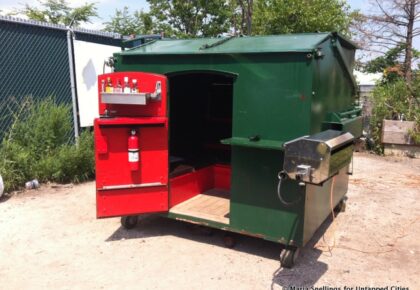Firefighting same problems? Not your people – it’s your system.
If you’re still doing the same firefighting you were a year ago, it’s not a people problem. It’s a pattern. And patterns don’t fix themselves.
You can blame individuals.
You can reshuffle roles.
You can even bring in someone “with more experience.”
But if the same breakdowns keep happening—
Missed deadlines. Miscommunication. Unclear ownership. Slack accountability.
Then it’s not about the people. It’s about the system they’re operating in.
And that system?
You built it. Or you allowed it to evolve by default.
Patterns are proof.
They show you exactly where clarity is missing, where expectations are too soft, and where leadership drift is quietly compounding.
You don’t need another rescue.
You need to stop the cycle.
That starts with owning the pattern, then redesigning the system that produces it.
Because what you created got you here.
But it won’t get you there.
So, now what? What’s the solution?
Step One: Diagnose the Pattern, Not the Person
Stop asking “Why do they keep messing this up?”
Start asking “What’s making it possible for this to keep happening?”
Look for repeated breakdowns. Then name the system failure behind each one:
-
Vague roles
-
No feedback loop
-
Undefined handoffs
-
No consequence for drift
-
You’re still the backstop
Step Two: Redraw the System
Don’t throw more rules or reminders at the problem. Redesign it so success becomes normal and failure stands out.
Use this framing:
| If this breaks again… | Was it crystal clear? | Was it reinforced? | Did it have friction if ignored? |
|---|---|---|---|
| Yes | No | No | No |
If the answer to any of these is no, the system isn’t ready.
Step Three: Install a Self-Correcting Loop
You’re not trying to make it perfect. You’re making it visible and fixable without you always intervening.
Examples:
-
Clear owner per outcome (no shared accountability)
-
Fast feedback loop (weekly or biweekly, not “when there’s time”)
-
Visible scoreboard or tracker (progress is public, not buried)
-
Non-negotiables written down (if it’s not documented, it doesn’t exist)
Step Four: Hold the Standard Until the System Holds Itself
Founders often quit just before systems stabilize. They expect a fix to work without enforcement.
It won’t.
You have to reinforce until the system earns your trust. Then you can let go.







